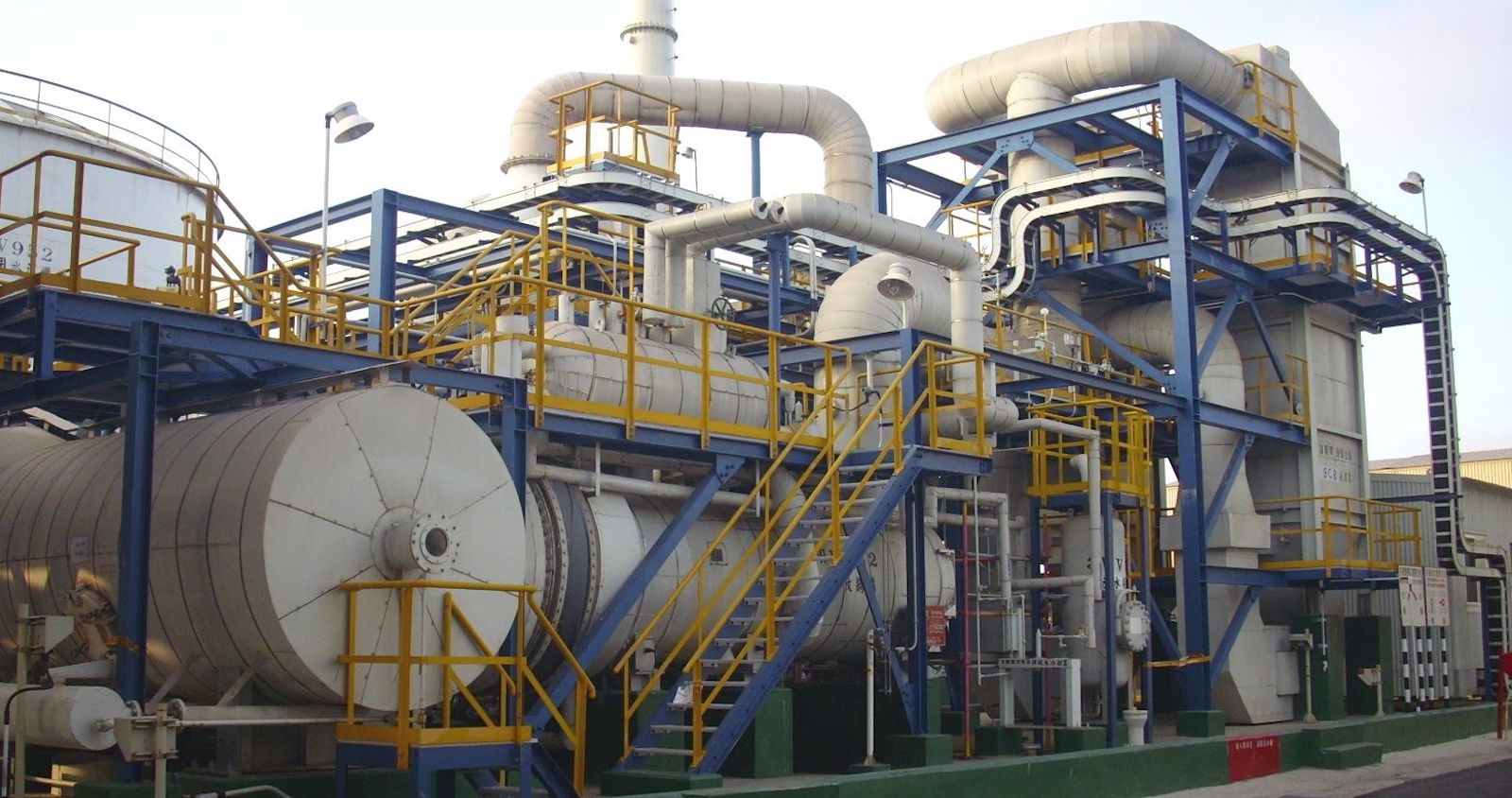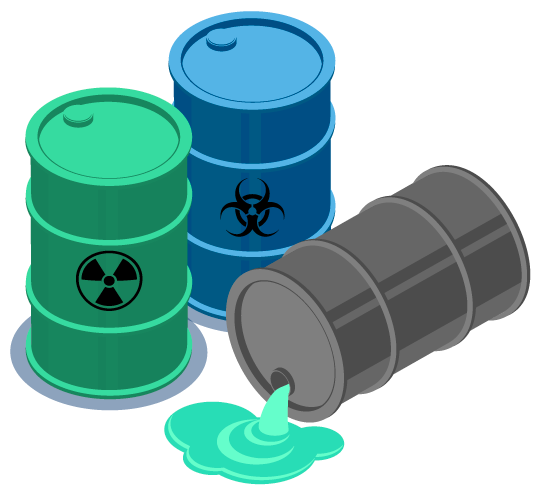Ingenious Industrial Wastewater Treatment Solutions: Safeguarding the Environment
Ingenious Industrial Wastewater Treatment Solutions: Safeguarding the Environment
Blog Article
Just How Liquid Waste Disposal Works: An In-depth Overview of Methods and Technologies Utilized

Summary of Fluid Waste Kind
The complexity of liquid waste types requires an extensive understanding of their features and implications for disposal. Liquid waste can extensively be classified into numerous kinds, consisting of industrial, local, agricultural, and unsafe waste. Each category exhibits unique residential or commercial properties, requiring certain monitoring methods to alleviate ecological and health and wellness threats.
Industrial liquid waste originates from making processes and frequently consists of a series of impurities, such as hefty metals, solvents, and natural substances. Municipal fluid waste, mostly comprising wastewater from homes and business establishments, has raw material, nutrients, and microorganisms (industrial wastewater treatment). Agricultural liquid waste, including overflow from ranches, may consist of plant foods, pesticides, and pet waste, positioning risks to water top quality and ecological communities
Harmful liquid waste is identified by its toxicity, reactivity, or prospective to cause damage. Understanding these varied fluid waste types is critical for developing efficient disposal methods and guaranteeing compliance with ecological laws.
Physical Treatment Approaches

Testing is the first action, where bigger fragments and debris are gotten rid of from the fluid waste utilizing screens or grates. This procedure protects downstream equipment from damage and ensures smoother operation. Adhering to screening, sedimentation uses gravitational pressure to different solids from fluids. In sedimentation tanks, much heavier bits resolve near the bottom, developing a sludge layer, while the clarified liquid can be further treated.
Purification is an additional essential method that entails passing the liquid with porous materials, such as sand or membranes, to record smaller particles. This action enhances the high quality of the fluid, making it ideal for subsequent therapy processes.

Chemical Therapy Methods
Chemical therapy strategies are essential for effectively taking care of fluid waste, especially in dealing with liquified and colloidal contaminants that physical techniques may not properly get rid of. These methods make use of numerous chemical agents to counteract, precipitate, or change harmful materials right into less unsafe forms.
One usual technique is coagulation and flocculation, where chemicals such as alum or ferric chloride are included to promote the aggregation of put on hold particles. This process boosts sedimentation, permitting less complicated removal of the resulting sludge. Additionally, oxidation processes, employing representatives like chlorine or ozone, are employed to damage down complicated natural substances and microorganisms, providing the waste safer for discharge or additional therapy.
Neutralization is another important technique, which changes the pH of acidic or alkaline waste streams to neutral levels, stopping prospective injury to downstream systems and the setting. Additionally, advanced oxidation processes (AOPs) use combinations of oxidants and ultraviolet light to break down consistent contaminants, accomplishing a greater level of therapy effectiveness.
Biological Treatment Procedures
Biological treatment processes play an essential function in the monitoring of liquid waste by making use of bacteria to decay raw material and decrease pollutant degrees. These processes can be broadly classified into anaerobic and cardio treatments, each utilizing details microbial areas to achieve effective waste destruction.
Cardio treatment includes the use of oxygen to promote the failure of natural products by bacteria. This process is typically applied in activated sludge systems, where oygenation containers provide a favorable atmosphere for microbial development, resulting in the oxidation visit the site of natural toxins. The resultant biomass can be separated from treated effluent via sedimentation.
On the other hand, anaerobic treatment takes place in the absence of oxygen, relying on various microorganisms to break down raw material. This technique is specifically advantageous for high-strength waste, as it generates biogas, a renewable resource source, while lowering sludge production. Technologies such as anaerobic digesters are often utilized in metropolitan and industrial applications.
Both cardiovascular and anaerobic biological therapies not just reduce the ecological impact of liquid waste yet also help with source healing, making them crucial components of lasting waste monitoring methods. Their versatility, try these out efficiency, and performance sustain their extensive execution across numerous markets.
Arising Technologies in Disposal
Ingenious approaches to liquid garbage disposal are swiftly progressing, driven by improvements in modern technology and a boosting emphasis on sustainability. Amongst these arising innovations, membrane bioreactors (MBRs) have actually acquired traction for their capability to incorporate biological therapy with membrane filtration, causing top quality effluent that can be reused in numerous applications. MBRs allow smaller impacts and extra effective procedures compared to conventional systems.
Another encouraging advancement is using anaerobic food digestion incorporated with nutrient recovery modern technologies, which not just treats liquid waste but also creates biogas and recovers useful nutrients like nitrogen and phosphorus. This twin advantage boosts source performance and reduces environmental influence.
Additionally, progressed oxidation procedures (AOPs) are being adopted for the deterioration of complex natural contaminants. These approaches make use of effective oxidants and stimulants to damage down pollutants at the molecular level, using an extremely efficient solution for difficult waste streams.
Additionally, the combination of expert system and maker learning in waste administration systems is maximizing operational effectiveness and predictive maintenance, bring about lowered prices and enhanced environmental compliance. These technologies mirror a significant change towards more lasting and effective liquid find out here waste disposal methods.
Verdict
In verdict, reliable fluid waste disposal demands a comprehensive understanding of numerous methods and innovations. By continually advancing these approaches, it comes to be feasible to resolve the expanding obstacles associated with fluid waste, eventually contributing to environmental protection and source recuperation.
Liquid waste disposal is a critical element of environmental monitoring, needing a detailed understanding of various methods and technologies tailored to various waste kinds. Fluid waste can extensively be categorized into several types, consisting of industrial, community, farming, and unsafe waste. Agricultural fluid waste, consisting of runoff from farms, might have fertilizers, pesticides, and animal waste, presenting threats to water quality and ecosystems.
Different physical treatment methods play a critical role in handling liquid waste successfully - industrial wastewater treatment.In final thought, effective fluid waste disposal requires a comprehensive understanding of different methods and innovations
Report this page